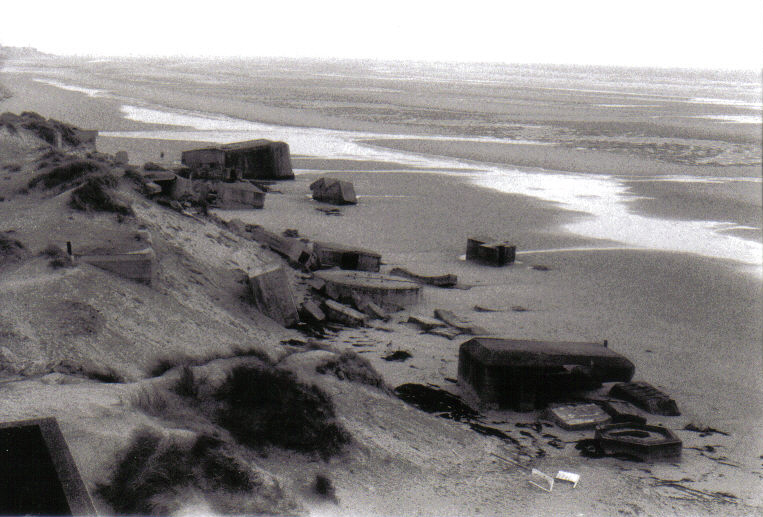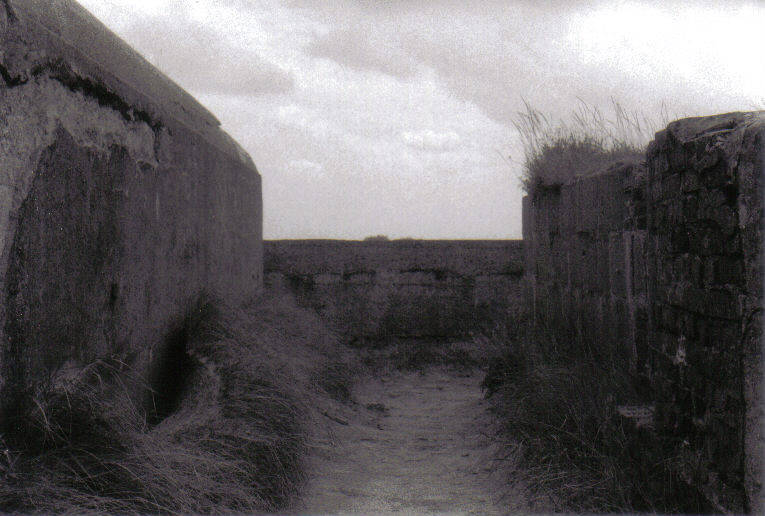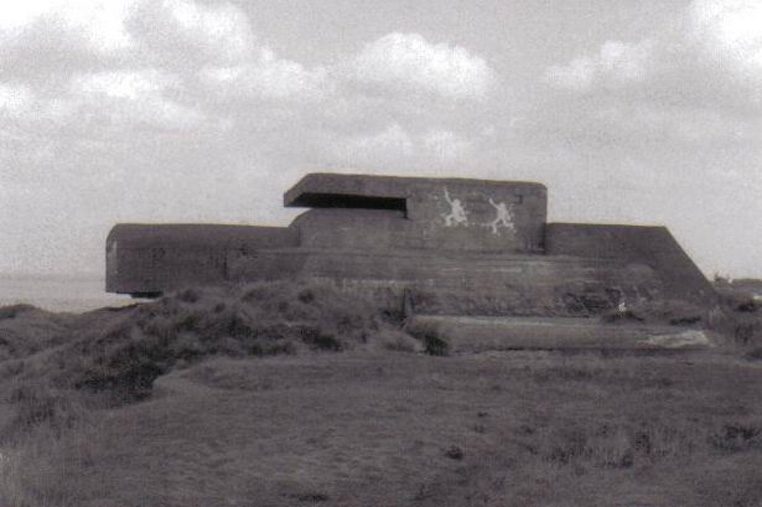| |
|
francais deutsch
|
The Atlantic Wall
Between 1942 and 1944 - after the "Blitzkrieg" - the German Nazi-regime built
nearly 10,000 bunkers over nearly 3000 kilometers along the Atlantic Wall.
It is thus one of the largest fortification in world history in which ruining
nature and influencing history plays a much larger role.
The construction volume corresponded approximately to the Chinese wall. Finally
they wanted to be certain to hold what they conquered. Thus the
Atlantic Wall
was built from the north cape in Norway to Denmark, the Netherlands, Belgium and France
and finally reached up to the Spanish border.
To realize such a building constructions, prisoners of war and other forced laborers
were obligated, altogether nearly 300,000 men. They got the sand for the concrete
directly from the beach or from the dunes. By falling back to forced laborers as well as
the activities of different resistance groupings it came frequently to acts of sabotage,
which made the construction work more difficult substantially.
|
|
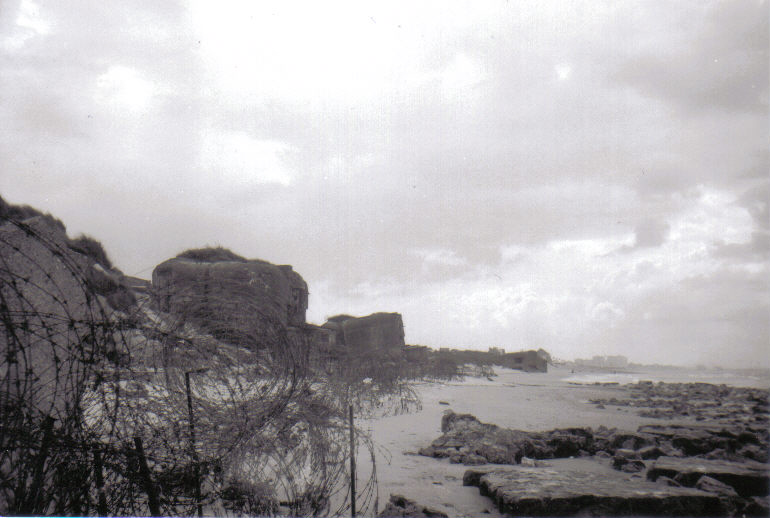
|
|
|
|
|
|
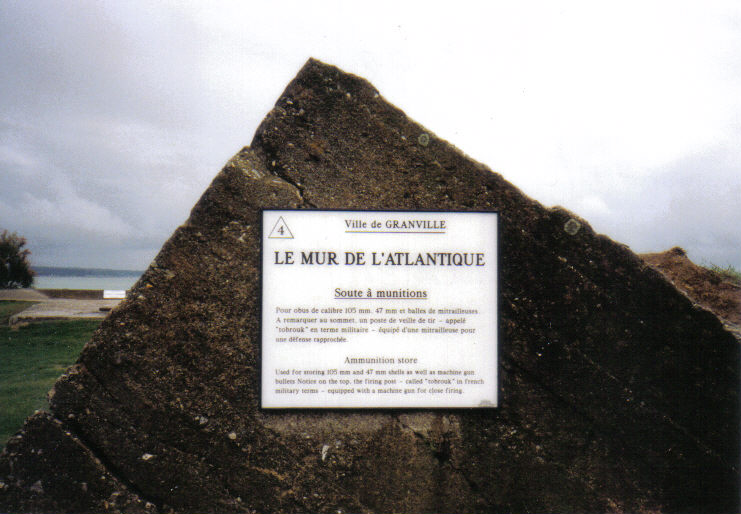
|
|
Le Mur de l'Atlantique
Entre 1942 et 1944 le régime nazi a fait construire, après le "blitz", le
Mur de l'Atlantique, presque 10 000 bunkers sur près de 3000 km. Il est ainsi l'une
des plus grandes installations fortifiées de l'histoire. Toutefois, le fléau
de la nature et l'influence du Mur sur l'histoire sont beaucoup plus importants.
L'importance de cette construction est à peu près égale à
celle de la Grande Muraille en Chine. Finalement, on voulait protéger militairement
ce qu'on avait conquis. Ainsi, le
Mur de l'Atlantique
s'étendait du Cap de Nord en Norvèège via le Danemark, les Pays-Bas, la Belgique et la France
jusqu'à la frontière espagnole.
Des prisonniers de guerre et des travailleurs forcés, au total presque 300.000 hommes,
ont construit le Mur. Le sable pour le béton était pris à la plage ou des
dunes qui s'étendaient. Les travaux de construction ont été difficiles,
d'une part, par la présence des travailleurs forcés, d'autre part, par des
activités de la résistance. Des actes de sabotage étaient fréquents.
|
|
|
|
|
|
Der Atlantikwall
Zwischen 1942 und 1944 ließ das deutsche Nazi-Regime nach dem
"Blitzkrieg" den Atlantikwall mit knapp 10.000 Bunkern über fast
3000 Kilometer errichten. Er ist somit eine der größten
Befestigungsanlagen der Weltgeschichte, wobei allerdings die Verschandelung
der Natur und die Beeinflussung auf die Geschichte eine weitaus größere Rolle spielen.
Das Bauvolumen entsprach in etwa dem der chinesischen Mauer.
Schließlich wollte man sicher gehen, dass man auch halten kann,
was man erobert hat. So reichte der
Atlantikwall
vom Nordkap in Norwegen über Dänemark, den Niederlanden, Belgien und Frankreich
bis hin zur spanischen Grenze.
Zum Bau wurden Kriegsgefangene und sonstige Zwangsarbeiter verpflichtet, insgesamt fast
300.000 Männer. Den Sand für den Beton holte man direkt vom Strand oder aus den Dünen.
Durch das Zurückgreifen auf Zwangsarbeiter sowie die Aktivitäten verschiedener
Widerstandsgruppierungen kam es häufig zu Sabotageakten, was die Bauarbeiten erheblich erschwerte.
|
|
01.jpg)
|
|
|
|
|
|
|
|
|
|


01.jpg)
